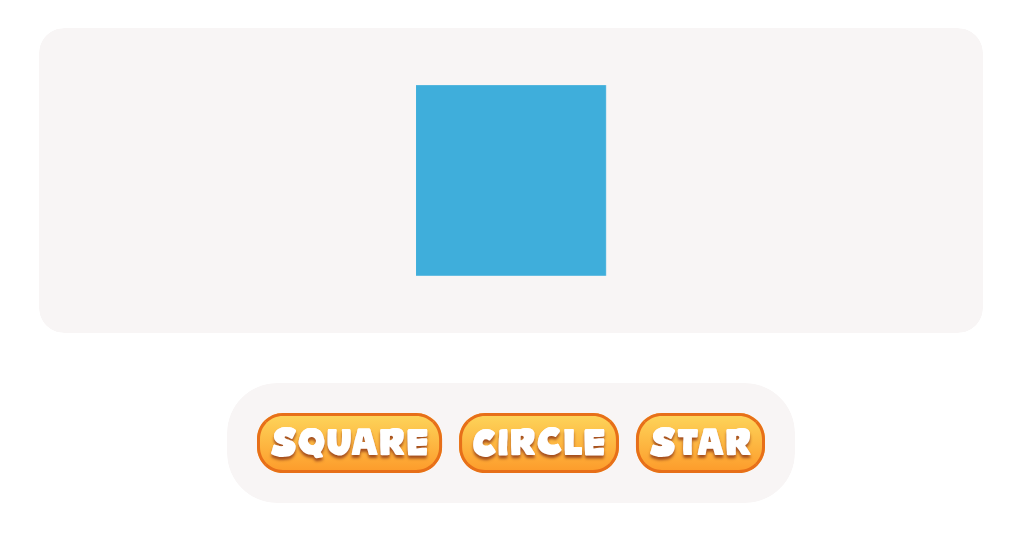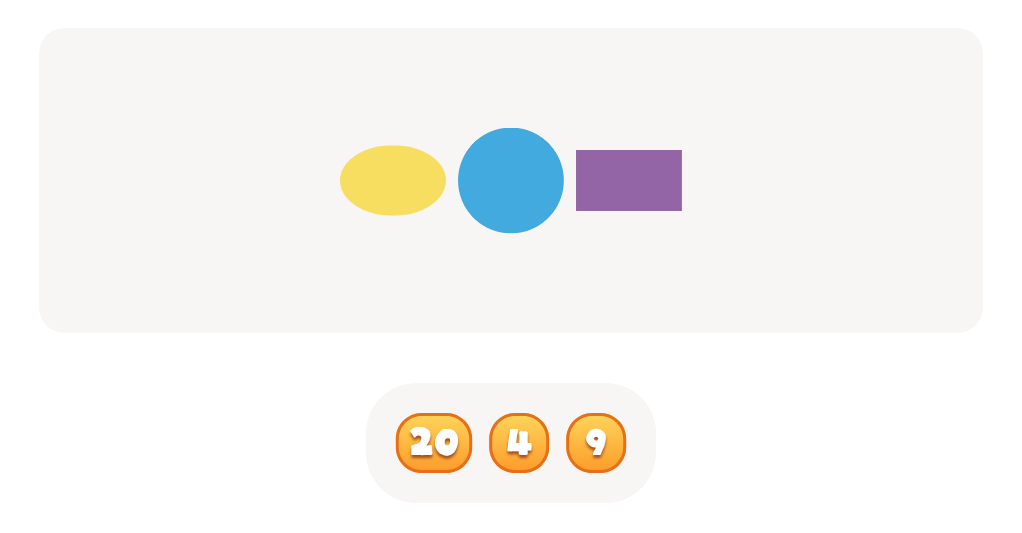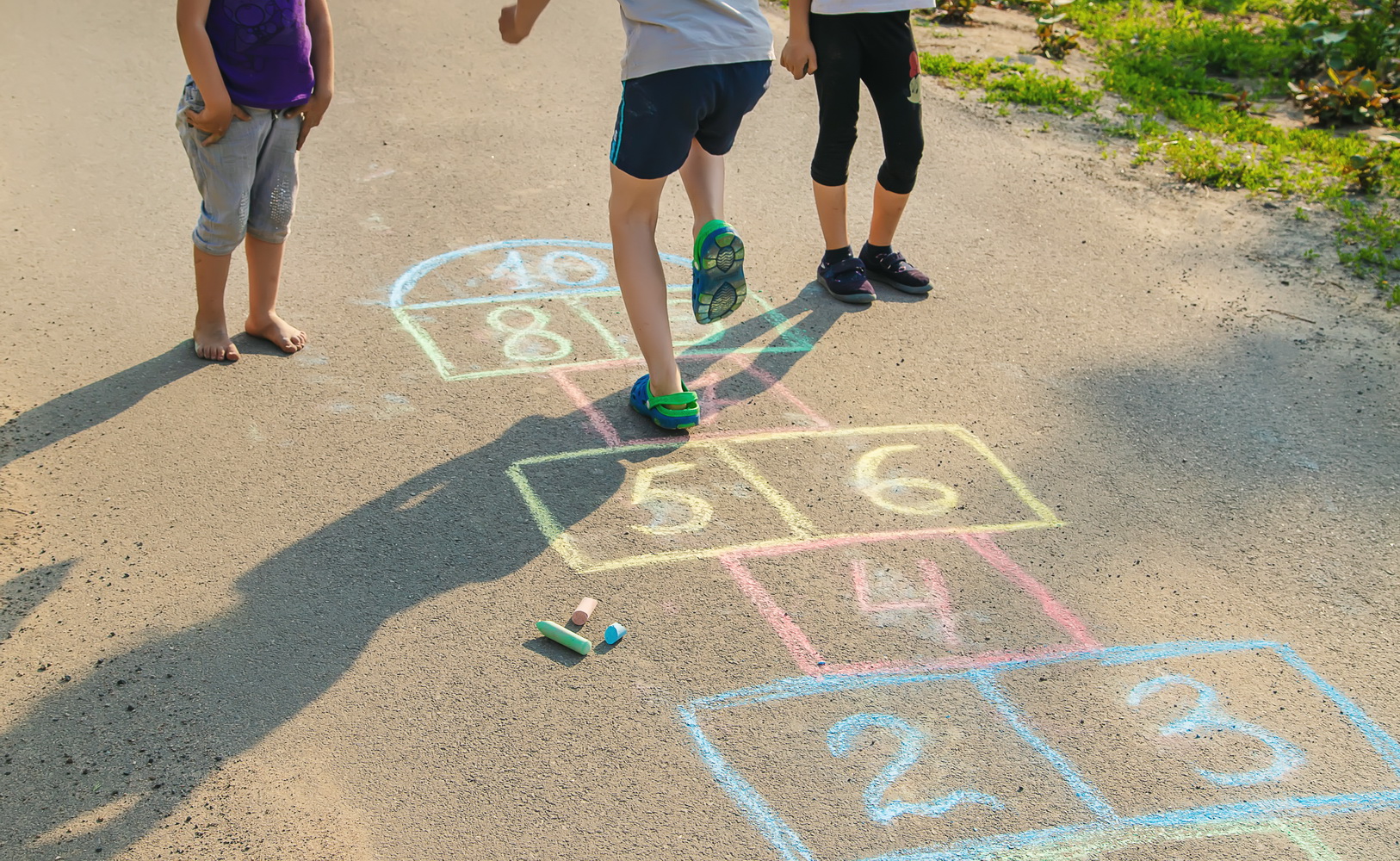Normal 2D Shapes Worksheets for Ages 4-8
33 filtered results
-
From - To
Welcome to our collection of 2D Shapes Worksheets designed for children aged 4-8! Our engaging, comprehensive activities introduce young learners to the world of normal 2D shapes such as circles, squares, triangles, and rectangles. Each worksheet aims to develop essential early math skills, enhance shape recognition, and encourage creativity through interactive tasks. Perfect for homeschoolers and classroom use, these worksheets are printable and easy to follow. Each sheet integrates fun illustrations and clear instructions to keep kids motivated and focused. Explore our resources today to nurture your child’s love for learning and strengthen their foundational math abilities!


Quadrilateral Family Traits Worksheet


Count the Shapes Worksheet
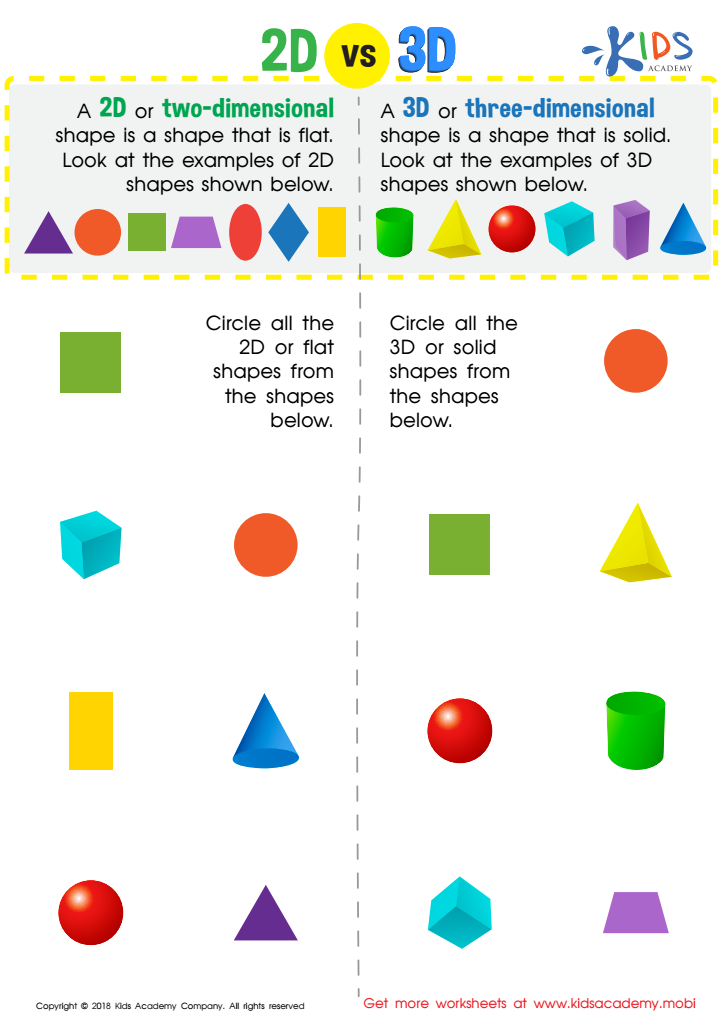

2D vs 3D Shapes Worksheet


Using Squares to Make Rectangles Worksheet


Using Triangles to Make Squares and Rhombuses Worksheet


Finding Corners Worksheet


Plane Geometry: Sides Worksheet


Hansel and Gretel Geometry Maze Worksheet


Gingerbread Man Geometry Maze Worksheet


Drawing a Triangle Worksheet


Peter Pan Worksheet


Shapes of All Sizes Worksheet


Sorting Shapes - Part 2 Worksheet


Comparing Squares Rectangles Worksheet


Comparing Triangles Squares Worksheet


Robot Shapes Worksheet
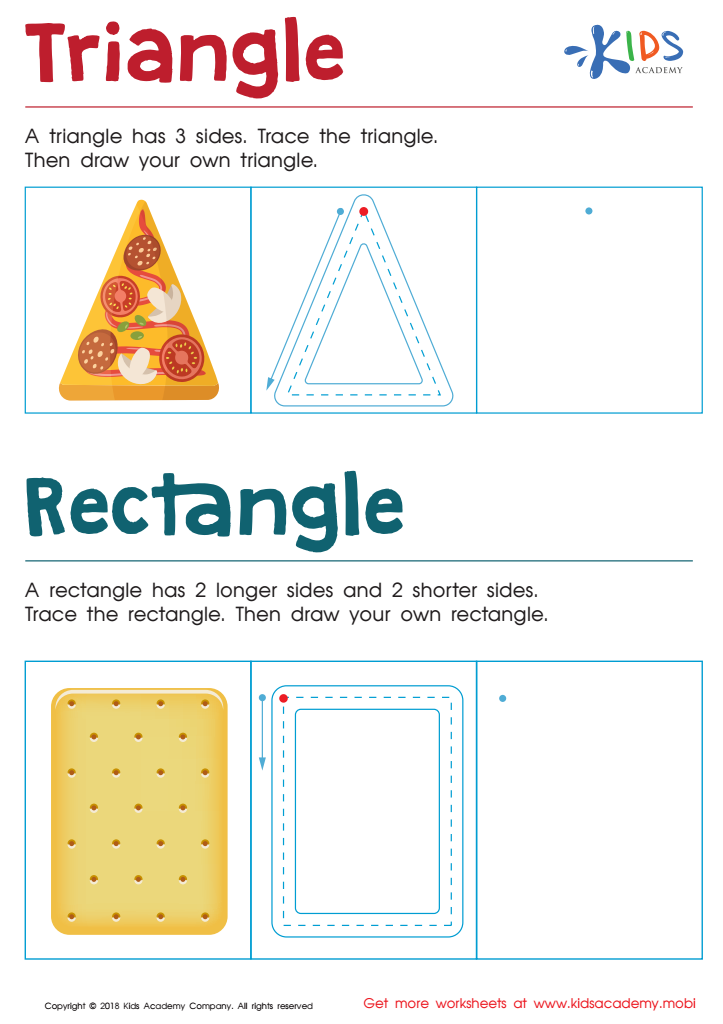

Triangle Rectangle Worksheet
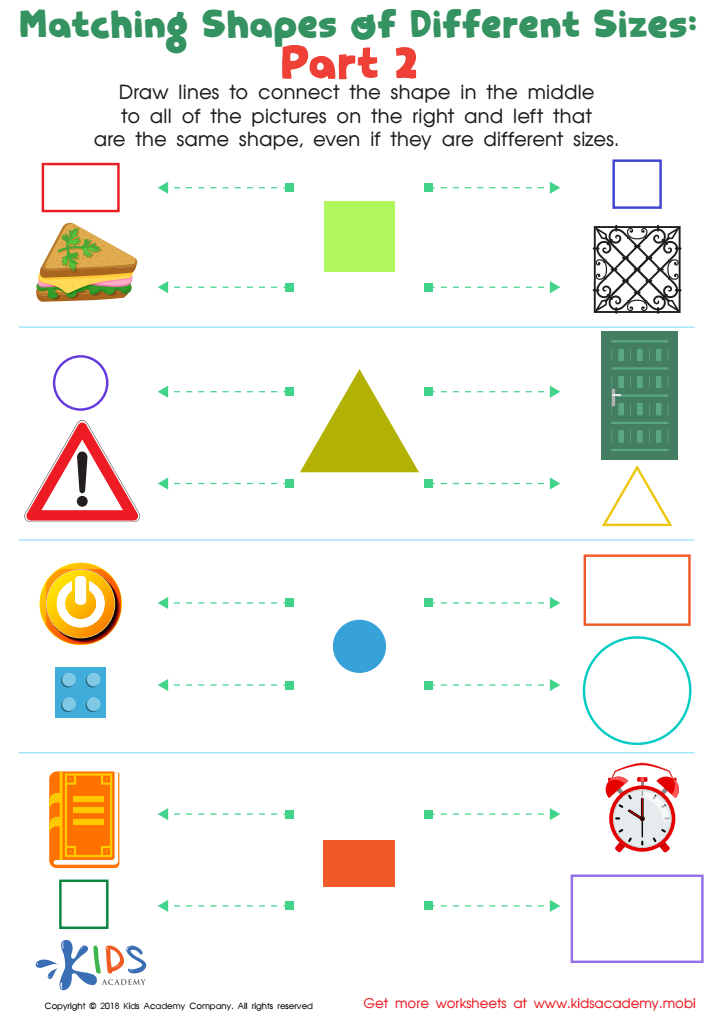

Geometry: Part 2 Worksheet


Geometry: part 1 Worksheet


Matching and Sorting for Kindergarten: Assessment 1 Worksheet


Sorting Shapes - Part 3 Worksheet


Shape Pattern Fun Worksheet


Make the Same Pattern Worksheet


Find the Pattern Worksheet
Understanding normal 2D shapes is crucial for children aged 4-8, as it lays the foundation for their mathematical development and cognitive growth. At this stage, children are naturally curious and eager to explore their surroundings, making it a perfect opportunity for teachers and parents to introduce basic shapes like squares, circles, triangles, and rectangles.
Learning about 2D shapes helps children develop spatial awareness, which is essential for everyday tasks, from navigating their environment to organizing objects. Recognizing shapes enhances critical thinking and problem-solving skills, as children begin to understand how shapes relate to one another and how they fit into larger concepts.
Additionally, shape recognition is key for developing literacy and language skills. Children who can describe shapes and identify them in various contexts are enhancing their vocabulary and communication abilities. Engaging children in fun, hands-on activities—like sorting, drawing, and building—further solidifies their understanding.
Moreover, mastery of 2D shapes prepares students for more complex mathematical concepts in later years, such as geometry and measurement. By nurturing a positive attitude toward shapes early on, parents and teachers can foster a lifelong appreciation of math and shape-based thinking that supports diverse learning pathways.

 Assign to My Students
Assign to My Students

